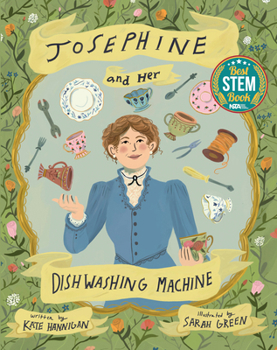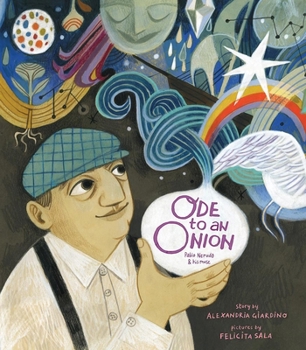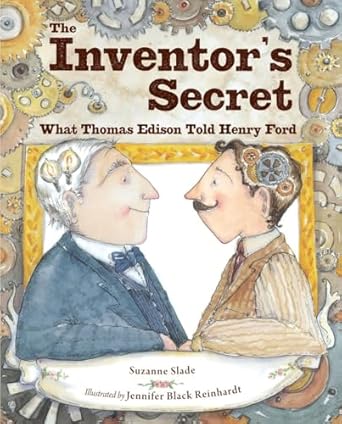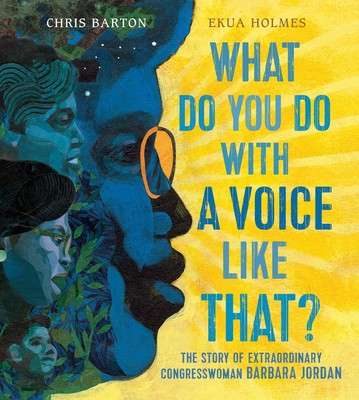
Picture book biographies are some of my favorite things to read. Why?
Well, first, I always learn something new. And, I love learning new things. I think that’s part of what makes me a successful writer. If you don’t understand the power of picture books, you might wonder how an adult could learn something from a book written for kids. If that thought crossed your mind, I’d ask: What do you know about how the dishwasher was invented? Or how an onion inspired poet Pablo Neruda? Or why Thomas Edison and Henry Ford were friends?
There are picture books about all those things — and reading them has made me smarter, while also keeping me entertained.
Next, picture book biographies start conversations. They can be a great introduction to a topic for readers of any age. Then they can ask questions, do more research and learn more.

Finally, they can inspire. People who have picture book biographies written about them usually have done interesting, admirable things. Readers can learn from these folks, broaden their outlook on life, and see what passionate people can accomplish — often against incredible odds.
When it comes to picture book biographies, I’m always looking for these things:
1. Does it read like a story and not a school report? Does the story draw you in, engage you, make you relate to the subject and see the subject as a true person you can connect with? The content should be interesting and compelling — not academic. If you find yourself starting with, “Susan Smith was born in 1973 …” you’re probably NOT on the right path.

2. Is it focused enough? Does the story try to cram the person’s whole life into a 32-page book (which is not ideal)? Or, does it focus on one ASPECT of the subject’s varied life — like a formative moment from their childhood, or an instance of knowledge or discovery, or a lesser-known but enlightening part of their life? Author Chris Barton, who has written many successful picture book biographies, wrote a wonderful post explaining how his picture book about Texas Congresswoman Barbara Jordan, WHAT DO YOU DO WITH A VOICE LIKE THAT, could have been structured in at least 22 different ways — each one focused on a different part of Barbara’s amazing life.
3. Is it written so it’s accessible to young readers? Is the voice conversational? Are unfamiliar words or ideas explained as needed? Is it even a subject kids would be interested in? (Note: Don’t be too quick to dismiss a subject as not being kid-friendly. There are successful picture book biographies about people who did complicated, esoteric things. It’s all in how you tell the story and how you choose episodes from the subject’s life that speak to readers of all ages.)

4. How does it slot in with any other picture book biographies about the same person? Is the story’s angle or approach different, yet complementary? If you didn’t already read Chris Barton’s post that I linked to in No. 2, go back and do it now!
5. Does it point readers to more infomation via back matter or sidebars? Because picture book biographies are designed to start conversations, the best ones have info included about where readers can go to learn more.
My first picture book biography comes out Jan. 7 from Viking Books with illustrations by Jerry Jordan. It’s called UNSTOPPABLE JOHN: HOW JOHN LEWIS GOT HIS LIBRARY CARD AND HELPED CHANGE HISTORY.
Here’s a video I made talking about how I applied some of the advice I shared above as I was writing the book. The video also shares some other picture book biography recommendations to get your reading started.
If you want even more picture book biography recommendations, here’s a comprehensive list from Imagination Soup.
Happy reading! Happy learning! Happy writing!
